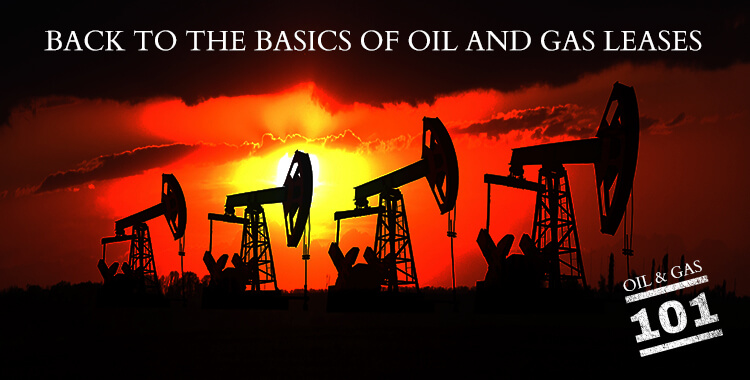
Recently, I was asked to give a presentation at the National Association of Royalty Owners’ (NARO) 39th annual national convention in Pittsburgh. While my response was an immediate “yes,” I was a little disappointed in the topic that I was asked to present—“Oil and Gas Lease Terms 101.” Was I just expected to dissect the typical oil and gas lease and simply explain what each individual term meant? Is that all they wanted me to do? It just seemed too basic and uninteresting. However, once I started to prepare my presentation, I realized that getting back to the basics of oil and gas leases wasn’t such a bad thing…
Why Oil and Gas Leases Are Not Simple
That’s because it’s always good to be reminded that an oil and gas lease is anything but simple. What seems to be even the most harmless and run-of-the-mill term can have a devastating and long-term consequences on your oil and gas rights and the royalties you receive.
Take, for example, the property description of an oil and gas lease. If you have more than one parcel of land to lease, the company will often include all parcels on one lease. That seems harmless, right? The fact is, if multiple parcels are included on one lease, production from one parcel will hold all other parcels “by production” even though those other parcels are not producing and you’re not receiving royalties for those other parcels.
More Than One Parcel in Oil and Gas Lease
How would this work in practice? Assume you have 2 parcels that are included on the same lease—one that is 100 acres and one that is 1 acre. If the company includes only the 1 acre parcel in a production unit or “pool” but not the 100 acre parcel, the 100 acre parcel is still considered “held by production.” That means when the lease’s primary term (or extended term) expires, the 100 acre parcel will not be free to lease again. Then it is anyone’s guess when, if ever, the company will produce the oil and gas under the 100 acre parcel. In effect, the 100 acre parcel is held hostage, and there is no pressure on the company to “produce it or lose it.”
The fix is simple—have either a separate lease for each parcel or a Pugh clause (which is another topic for another time), but it’s something an inexperienced mineral owner or attorney can easily overlook. And, while the fix is simple, understanding that there is an issue to be fixed in the first place is the real trick, especially when it comes to something as “harmless” as the property description of an oil and gas lease.
The truth is, the typical oil and gas lease is a treacherous minefield, and the property description example is but one mine in that field. Make sure you don’t run into one of those mines.
At Gold, Khourey & Turak, our oil and gas attorneys have represented hundreds of mineral owners to successfully lease their oil and gas rights throughout Ohio, Marshall, Wetzel, Tyler, Doddridge, Marion, and Monongalia Counties in West Virginia and Belmont, Monroe, and Jefferson Counties in Ohio, among others. Call (304) 845-9750 today to set up a no-cost, no-obligation to discuss your lease and to ensure that you get the most compensation available and a oil and gas lease agreement on your terms.


